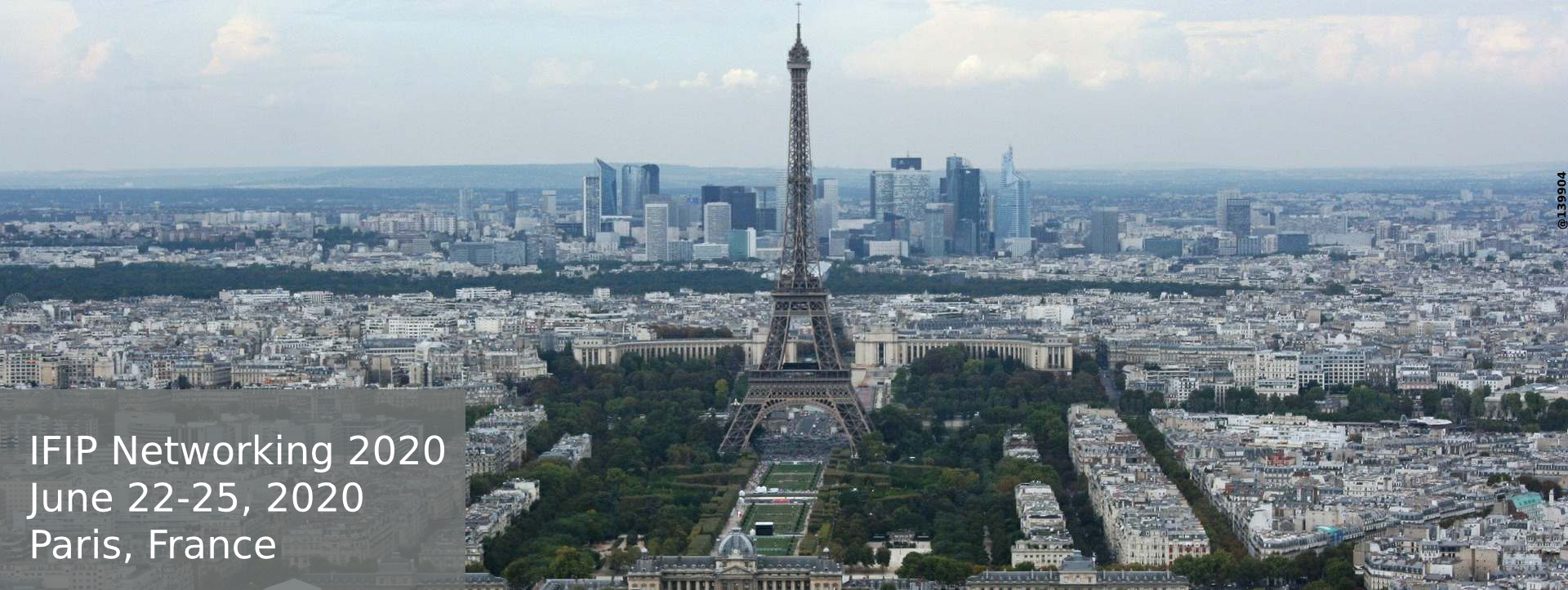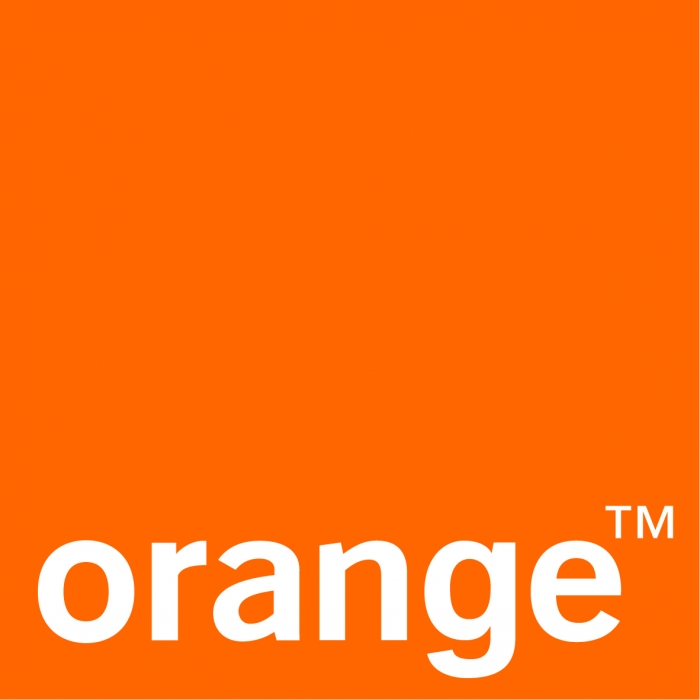Title: New directions to Research Infrastructure in Digital Sciences
Speaker: Serge Fdida, Sorbonne Université, France
Abstract: In many other sciences thoughts experiments are an important part of the research methodology. In our domain, experimentally driven research is poorly rewarded and has developed slowly in order to equip our community with instruments that can assist the testing of various assumptions and design principles. Testbed as a Service has emerged to propose solutions to serve this need. PlanetLab, Orbit, OneLab/FIT, GENI and Fed4Fire+ are examples of such test platforms that have hosted thousands of experiments and users.
In order to research and master digital infrastructures, the research community needs to address significant challenges regarding their efficiency, trust, availability, reliability, range, end-to-end latency, security and privacy. Building and deploying test platforms is complex as digital infrastructures develop rapidly, are powered by technology and driven by applications. It is therefore critical to anticipate the demand and challenging to build the next generation of test platforms. Similarly, the software-driven approach to design and deploy digital infrastructures has triggered open-source initiatives such as ONAP, OAI, OMEC and ORAN that can also inspire the framework of test platforms.
A new generation of test facilities is now emerging with initiatives such as NSF/PAWR and FABRIC, Colosseum, SLICES, CENI and ICT-17 projects.
On the methodology side, our community still lacks a rigorous approach to the results produced and exposed as encyclopedic knowledge. Reproducibility is addressed regularly with almost zero progress. A scientific article is considered as reproducible if the authors provide all the data and computer codes necessary to repeat the same analysis and to obtain the “same” results (depending on the deterministic characteristics of the environment under test). Reproducibility should be provided on the same but also on different platforms. As a consequence, test platforms can also play a critical role in supporting part of the experiment life cycle, open data and reproducibility.
The presentation will highlight the main methodology and solutions just started being deployed and will discuss the various challenges and concerns regarding the design and usage of these platforms. The talk will be illustrated with examples taken from various projects.
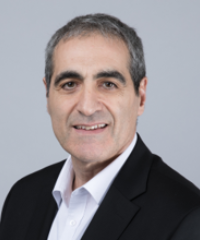 Bio: Serge Fdida is a Professor with Sorbonne Université since 1995. He has been leading many research projects in High Performance Networking in France and Europe, notably pioneering the European activity on federated Internet testbeds. Currently, he is coordinating the French National Research Instrument FIT and the OneLab facility, two large test platforms on Future Internet technologies. He is a Distinguished ACM Member and an IEEE Senior member. He was one of the founders of the ACM Conext conference, general chair of ACM Mobicom 2015 and IEEE Infocom 2019.
Bio: Serge Fdida is a Professor with Sorbonne Université since 1995. He has been leading many research projects in High Performance Networking in France and Europe, notably pioneering the European activity on federated Internet testbeds. Currently, he is coordinating the French National Research Instrument FIT and the OneLab facility, two large test platforms on Future Internet technologies. He is a Distinguished ACM Member and an IEEE Senior member. He was one of the founders of the ACM Conext conference, general chair of ACM Mobicom 2015 and IEEE Infocom 2019.
Serge Fdida has also developed a strong experience related to innovation and industry transfer, - he was the co-founder of the Qosmos company, - one of the active contributors to the creation of the Cap Digital cluster in Paris, and the President of the EIT Health French community.
Title: Future of Network and Service Automation
Speaker: Marina Thottan, Nokia Bell Labs, USA
Abstract: Automation is becoming increasingly important, not only to support efficient network operation, but to enable the agile service creation required for Communication Service Providers (CSPs) to become the Digital Service Providers (DSPs) of the future. As the network infrastructure business is getting more commoditized, differentiation will depend on the ability of operators to efficiently and dynamically automate and optimally orchestrate networks, network slices and end-to-end services. Automation requires a new architectural framework that is designed for closed-loop control and optimized for data-driven machine learning and artificial intelligence algorithms. This talk will describe an e2e network service automation architecture and key innovations for enabling the life cycle automation of services with specific focus on dynamic end-to-end network slicing.
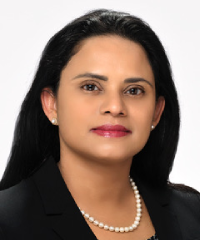 Bio: Marina Thottan leads the End-to-End Network Security and Service Automation (ENSA) Research in Nokia Bell Labs. She joined Bell Labs Research in 1999, and has contributed to a wide variety of projects, including Content Distribution, Routing protocols, Data over Optical networks, High Speed Router Design, Network Management and Anomaly Detection. Most recently she has been leading work on Network Orchestration, Network Slicing, and 5G Security. She is a Bell Labs Fellow and an IEEE Fellow (Communications Society).
Bio: Marina Thottan leads the End-to-End Network Security and Service Automation (ENSA) Research in Nokia Bell Labs. She joined Bell Labs Research in 1999, and has contributed to a wide variety of projects, including Content Distribution, Routing protocols, Data over Optical networks, High Speed Router Design, Network Management and Anomaly Detection. Most recently she has been leading work on Network Orchestration, Network Slicing, and 5G Security. She is a Bell Labs Fellow and an IEEE Fellow (Communications Society).
Marina received a Ph.D. in Electrical and Computer Engineering from Rensselaer in 2000. She has published over 60 papers in scientific journals, book chapters and conferences and holds several patents. She is co-author of the book “Communication Networks for Smart Grids: Making Smart Grids Real” and has also Co-edited a book on “Algorithms for Next Generation Networks”.
Title: Network Verification -- When Clarke Meets Cerf
Speaker: George Varghese, UCLA, USA
Abstract: Surveys reveal that network outages are prevalent, and that many outages take hours to resolve, resulting in significant lost revenue. Many bugs are caused by errors in configuration files which are programmed using arcane, low-level languages, akin to machine code. Taking our cue from program and hardware verification, we suggest fresh approaches. I will first describe a geometric model of network forwarding called Header Space. While header space analysis is similar to finite state machine verification, we exploit domain-specific structure to scale better than off-the shelf model checkers.
Next, I show how to exploit physical symmetry to scale network verification for large data centers. While Emerson and Sistla showed how to exploit symmetry for model checking in 1996, they exploited symmetry on the logical Kripke structure. While header space models allow us to verify the forwarding tables in routers, there are also routing protocols such as BGP that build the forwarding tables.
We show to go from header space verification to what we call control space verification to proactively catch latent bugs in BGP configurations. I will end with a vision for what we call Network Design Automation to build a suite of tools for networks inspired by the Electronic Design Automation Industry. (With collaborators at CMU, Edinburgh, MSR, Stanford, and UCLA.)
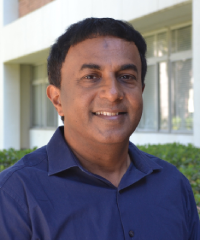 Bio: George Varghese is a Chancellor's Professor of Computer Science at UCLA. His research interests center around network algorithmics (building fast routers) and network verification (building tools for static and dynamic verification of operational networks).
Bio: George Varghese is a Chancellor's Professor of Computer Science at UCLA. His research interests center around network algorithmics (building fast routers) and network verification (building tools for static and dynamic verification of operational networks).
He received his Ph.D. in 1992 from MIT after working at DEC designing DECNET protocols and products, including the bridge architecture and Gigaswitch. From 1993-1999, he was a professor at Washington University, and at UCSD from 1999 to 2013. He was the Distinguished Visitor in the computer science department at Stanford University from 2010-2011. From 2012-2016, he was a Principal Researcher and Partner at Microsoft Research.
Together with colleagues, he has 22 patents awarded in the general field of Network Algorithmics. Several of the algorithms he helped develop appear in commercial systems including Linux (timing wheels), the Cisco GSR (DRR), and Microsoft Windows (IP lookups). He helped design the hardware lookup engine for Procket's 40 Gbps router. He has been on the advisory boards of Memoir, Jibe, Sanera, and SwitchOn, and consulted for ST MicroElectronics, AOL, and Fujitsu. In May 2004, he co-founded NetSift Inc., where he was President and CTO. NetSift was acquired by Cisco Systems in 2005. His book "Network Algorithmics" on fast router and endnode implementations was published in 2004 by Morgan-Kaufman.
He has written over 100 papers, mostly on networking, but also on computer architecture, genomics, and databases. After Dijkstra's early work, he helped develop general techniques for self-stabilization, an abstraction of a strong network fault-tolerance property. His Erdos number is 2 via mathematicians Ron and Fan Graham.
He was elected to the National Academy of Engineering in 2017. He won the IIT Bombay Distinguished Alumni Award in 2015, the IEEE Kobayashi Award for Computers and Communications in 2014, and the SIGCOMM Lifetime Achievement Award for networking in 2014. He has been a Fellow of the ACM since 2002 and an ONR Young Investigator.
Title: The Afterthought of 5G and a Peek at 6G
Speaker: Chih-Lin I, China Mobile Research Institute, China
Abstract: ICT convergence was just an afterthought for 4G, but it's native in 5G. ICDT convergence is an afterthought for 5G, and it will be native in 6G, if there is to be a 6G. This talk will highlight the fundamental changes 5G and Beyond is ushering forth.
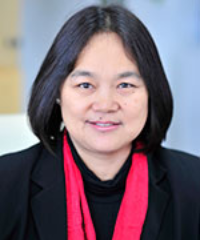 Bio: Chih-Lin I received her Ph.D. degree in electrical engineering from Stanford University. She has been working at multiple world-class companies and research institutes leading the R&D, including AT&T Bell Labs; Director of AT&T HQ, Director of ITRI Taiwan, and VPGD of ASTRI Hong Kong. She received the IEEE Trans. COM Stephen Rice Best Paper Award, the IEEE ComMag Fred W. Ellersick Prize Best Paper Award, and has won the 2015 Industrial Innovation Award of IEEE Communication Society for Leadership and Innovation in Next-Generation Cellular Wireless Networks.
Bio: Chih-Lin I received her Ph.D. degree in electrical engineering from Stanford University. She has been working at multiple world-class companies and research institutes leading the R&D, including AT&T Bell Labs; Director of AT&T HQ, Director of ITRI Taiwan, and VPGD of ASTRI Hong Kong. She received the IEEE Trans. COM Stephen Rice Best Paper Award, the IEEE ComMag Fred W. Ellersick Prize Best Paper Award, and has won the 2015 Industrial Innovation Award of IEEE Communication Society for Leadership and Innovation in Next-Generation Cellular Wireless Networks.
In 2011, she joined China Mobile as its Chief Scientist of wireless technologies, established the Green Communications Research Center, and launched the 5G Key Technologies R&D. She is spearheading major initiatives including 5G/6G, C-RAN/O-RAN, high energy efficiency system architectures, technologies and devices, green energy, and wireless big data for network embedded intelligence. She has led the launch of Wireless AI Alliance (WAIA) and O-RAN (Open RAN) Alliance.
She was an Area Editor of IEEE/ACM Trans. NET, an elected Board Member of IEEE ComSoc, Chair of the ComSoc Meetings and Conferences Board, and Founding Chair of the IEEE WCNC Steering Committee. She was a Professor at NCTU, an Adjunct Professor at NTU, and an Adjunct Professor at BUPT. She is the Chair of FuTURE 5G SIG, the Chair of WAIA Executive Committee, the Chair of O-RAN TSC, an Executive Board Member of GreenTouch, a Network Operator Council Founding Member of ETSI NFV, a Steering Board Member and Vice Chair of WWRF, a Steering Committee member and the Publication Chair of IEEE 5G Initiative, a member of IEEE ComSoc SDB, SPC, and CSCN-SC, and a Scientific Advisory Board Member of Singapore NRF. Her current research interests center around ICDT Deep Convergence: “From Green & Soft to Open & Smart”.
Title: The Long and Winding road to Self-driving networks
Speaker: Dario Rossi, Huawei Technologies, France
Abstract: Often, advances in hardware have been at the base of success of new computing paradigm, algorithms and techniques. This is, e.g., what might happen in the future for quantum computers, and what has recently happened in the field of Artificial Intelligence (AI) and Neural Networks in particular, whose potential has been fully unleashed by commoditization of general-purpose GPUs. The success of AI in computer vision applications has led to an AI hype that extended to other fields, including the network domain, where the long term vision is to let AI fully manage, and autonomously drive, all aspects of network operation.
In this keynote, we first introduce recent hardware advances, namely a new family of specialized architectures that are promising enablers for a deeper integration of AI at all network segments, particularly at the edge, and layers of the network stack. We next discuss challenges and opportunities that are specific to the networking domain, putting them in perspective with advances in other fields. Particularly, we will also discuss bumps in the road that leads to true large-scale deployment of AI technologies in networks.
 Bio: Dario Rossi is Chief Expert on Network AI and Director of the Data Communication Network Algorithms and Measurement Technology Laboratory at Huawei Technologies. He holds an HDR from UPMC (2010), as well as a PhD (2005) and MSc (2001) degrees from Politecnico di Torino. Before joining Huawei in 2018, he occupied a Chair Professor (2016-2018), Full Professor (2012-2016) and Associate Professor (2006-2012) positions at the Computer Science and Networking department of Telecom ParisTech. He was also a Professor at the LIX department of Ecole Polytechnique (2012-2019).
Bio: Dario Rossi is Chief Expert on Network AI and Director of the Data Communication Network Algorithms and Measurement Technology Laboratory at Huawei Technologies. He holds an HDR from UPMC (2010), as well as a PhD (2005) and MSc (2001) degrees from Politecnico di Torino. Before joining Huawei in 2018, he occupied a Chair Professor (2016-2018), Full Professor (2012-2016) and Associate Professor (2006-2012) positions at the Computer Science and Networking department of Telecom ParisTech. He was also a Professor at the LIX department of Ecole Polytechnique (2012-2019).
Prior to that, he worked with the Telecommunication Network Group of the Electrical Engineering department at Politecnico di Torino (2001-2006) and held a Visiting Researcher position in the Computer Science division at University of California, Berkeley (2003-2004). He co-chaired the RT2, that federates the Institut Mines-Telecom researchers working on the networking domain (about 50 people from 5 schools in France), presently serves in the Steering committees of ITC and AINTEC, chaired ACM ICN (2016), the last 2 editions of ACM SIGCOMM AINTEC (2013,2014) and of the ACM SIGCOMM PhD School on Traffic Monitoring and Analysis (2014,2018) and participated in the program committees of 50+ conferences including IEEE INFOCOM, ACM CoNEXT and ACM SIGCOMM.
He has coauthored 9 patents and 150+ papers in leading conferences (including IEEE INFOCOM, ACM SIGCOMM, ACM CoNEXT, ACM IMC and WWW) and journals (including IEEE JSAC, ACM/IEEE TON, ACM CCR, IEEE TMM) that attracted over 5000 citations (Google scholar) and received 7 best paper awards. He is Senior Member of IEEE (2013) and ACM (2015), received an IETF Applied Network Research Prize (2016), a Google Faculty Research Award (2015), and has been honored with Distinguished Member recognition from the INFOCOM TPC (2015, 2016, 2017, 2019). His current research interest include Machine learning, Internet traffic measurement, and high speed all-software networking, whereas previous interests included congestion control, Information-centric networks ,green networking, peer-2-peer networks and traffic engineering.
